1. The Clothesline

Before dryers took over, clotheslines weren’t just practical—they were part of the rhythm of life. Hanging laundry outdoors meant slowing down, taking in the weather, and connecting to the seasons in a small, tactile way. Sun-dried sheets smelled faintly of grass and light, something no dryer sheet has ever quite replicated. The act itself encouraged patience; you couldn’t rush a breeze.
Beyond nostalgia, air-drying clothes actually helps them last longer, since heat breaks down fabric fibers. It also saves energy and money, two things that make modern living feel more mindful. Today, some people are returning to backyard clotheslines for that reason—and because it just feels grounding. It’s one of those small domestic rituals that reminds you that time can be gentle.
2. The Porch Swing

The porch swing was once the evening’s entertainment—no screens, no rush, just slow movement and conversation. Families would sit outside after dinner, catching the breeze and talking about their day. The swing set the pace, rocking you into a rhythm that felt like breathing. There was something deeply human about being still together but not silent.
Today, front porches are making a quiet comeback as people rediscover “third spaces” between indoors and out. A porch swing can shift how you experience your home, inviting you to watch sunsets or chat with neighbors. It slows life down because it gives you permission to do nothing at all. And sometimes, that’s the best kind of productivity.
3. The Mantel Clock
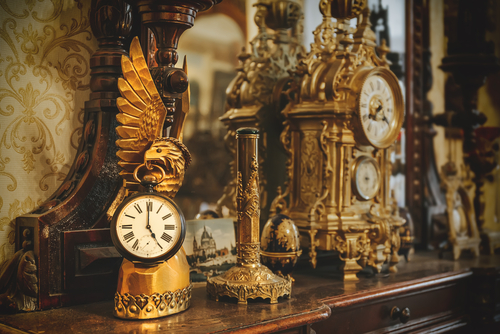
Before phones told us the time, a clock’s slow ticking filled the house. The sound was steady, patient—an audible reminder that time was passing, but not rushing. Winding the clock each week was a ritual that connected you to your surroundings. You had to care for time to keep it moving.
Mechanical clocks encourage a different relationship with time—one that feels less digital and more human. They need attention, which makes you notice them more. That gentle tick-tock can even help regulate focus and calm, much like a metronome does. It’s a small but steady beat that makes a home feel alive.
4. The Kitchen Table
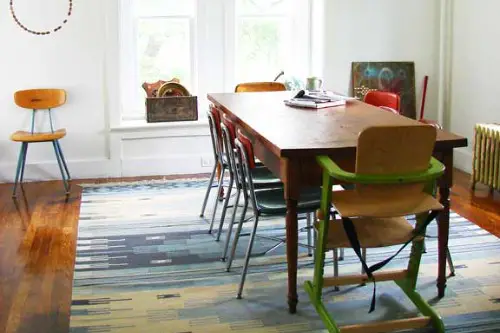
Before kitchen islands became the heart of the home, the kitchen table was where everything happened. It wasn’t just for eating—it was where kids did homework, where bread was kneaded, where letters were written. The table invited people to sit, talk, and linger, not just grab and go. Meals stretched longer because there was no rush to move on.
Bringing that back isn’t hard: a sturdy table, a mismatched set of chairs, and a no-phones rule. It turns eating into connection instead of transaction. Studies show families who eat together regularly report higher happiness and lower stress. Maybe that’s because the kitchen table asks us to slow down and share time, not just food.
5. The Window Seat
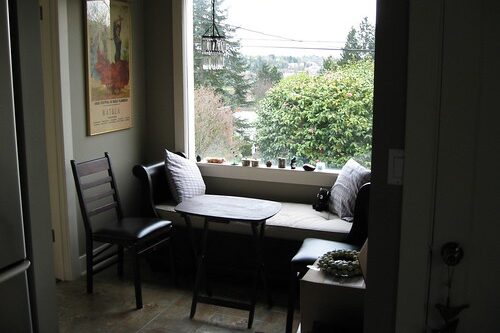
A window seat is built for stillness. It’s a place to sit in natural light, watch the weather, and do absolutely nothing useful. Before screens took over idle moments, people sat and daydreamed there—knitting, journaling, or just thinking. That pause is what made it precious.
Architects are seeing renewed interest in window seats because they blend comfort and reflection. They’re small sanctuaries that make a home feel softer. Natural light also helps regulate mood and sleep cycles, giving the body a break from artificial glow. It’s a design detail that makes slowness feel like luxury.
6. The Record Player
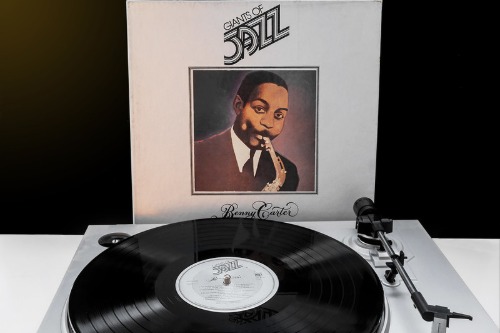
Vinyl records forced you to listen intentionally. You couldn’t skip ahead or shuffle; you had to hear the whole album, imperfections and all. The ritual—sliding the record out, setting the needle, flipping it halfway—was almost meditative. Each step slowed the experience to match the music’s pace.
Today, vinyl’s resurgence isn’t just about sound quality; it’s about texture and attention. You feel involved in the music instead of consuming it passively. Psychologists note that tactile rituals can deepen emotional engagement and memory. A record player reminds you that beauty takes a little effort.
7. The Garden Gate
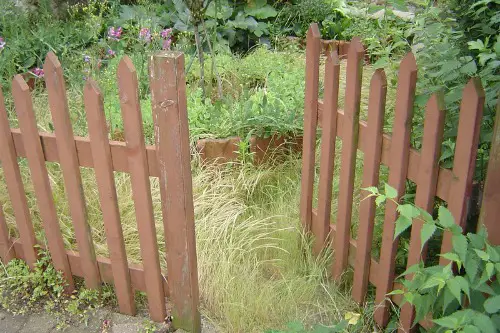
The simple act of opening and closing a gate marked the transition between home and world. It made the boundary feel meaningful, even protective. Walking through it wasn’t just movement—it was a moment to reset. That pause, that click of the latch, felt like breathing space.
In many traditional homes, garden gates were built not for security but for ritual. They framed arrivals and departures with intention. Having one today can subtly slow how you enter and leave your day. It turns the mundane act of coming home into something that feels deliberate.
8. The Reading Lamp
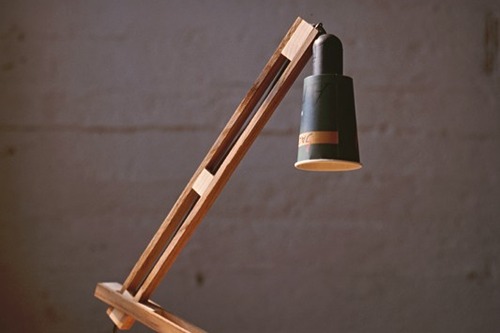
A single, warm lamp used to define the evening. Instead of flooding the whole house with light, you’d create one cozy pool where reading or quiet conversation could happen. The smaller glow encouraged stillness, not busyness. You couldn’t multitask—you could only be there.
Modern lighting design often focuses on brightness and efficiency, but softer lighting can change mood dramatically. It helps the brain wind down and signals rest, not work. Reading lamps also promote rituals of slowing—tea, book, blanket, calm. The world outside might be buzzing, but under that glow, time feels your own.
9. The Mail Basket
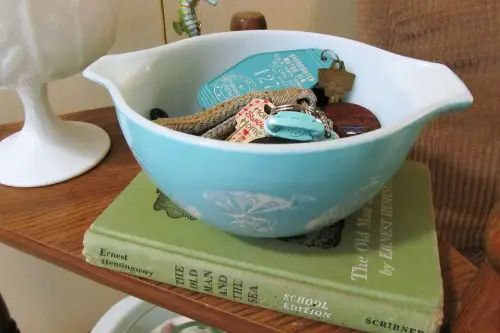
Before emails and notifications, a small basket on a side table caught the day’s correspondence. Opening letters was a mini-ceremony—paper, ink, handwriting. You read slowly because someone had taken time to write slowly. The act itself was a kind of conversation.
Having a mail spot again can bring order and intention to modern chaos. It makes even bills or postcards feel more grounded. Physical mail engages more senses, which boosts memory and emotional connection. A little basket for letters can remind you that communication can be artful.
10. The Spice Rack

A well-used spice rack tells stories—each jar a memory of meals shared or recipes learned. In earlier times, spices were precious, stored carefully, used thoughtfully. Cooking with them took time and attention, a kind of everyday mindfulness. Measuring and grinding weren’t chores but rituals.
Bringing that back means slowing down in the kitchen. Instead of prepackaged blends, you reach for individual spices, tasting as you go. The act of smelling, crushing, and mixing deepens your connection to the food. In a fast-food world, that’s quietly radical.
11. The Linen Closet

Neatly folded towels and sheets might not sound romantic, but they used to be a source of pride. A well-stocked linen closet meant preparedness, care, and calm. People ironed pillowcases not for show, but for the pleasure of small order. It was domestic peace made visible.
Today, minimalism often strips storage down to function, but there’s joy in tactile abundance. The scent of clean cotton, the sight of rows of folded fabric—it’s a sensory reset. Organizing linens can even reduce anxiety, studies show, because repetitive, hands-on tasks soothe the mind. A tidy closet is a tiny meditation.
12. The Teapot
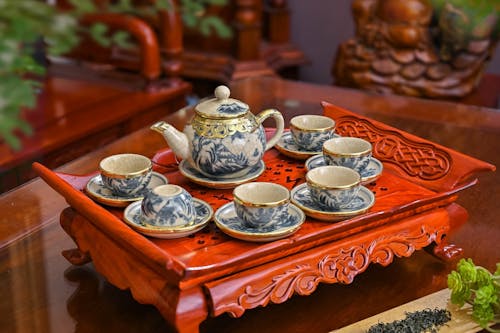
A teapot slows everything down. You can’t rush tea—you have to heat, steep, and wait. Those minutes of stillness invite conversation or quiet thought. In many cultures, that’s the point: tea isn’t just a drink, it’s an experience of presence.
Making tea in a pot instead of a single mug encourages sharing. It turns a solo act into a communal one. The measured ritual—the pouring, the holding, the sipping—has been shown to lower stress and heart rate. It’s proof that patience can be delicious.
13. The Fireplace
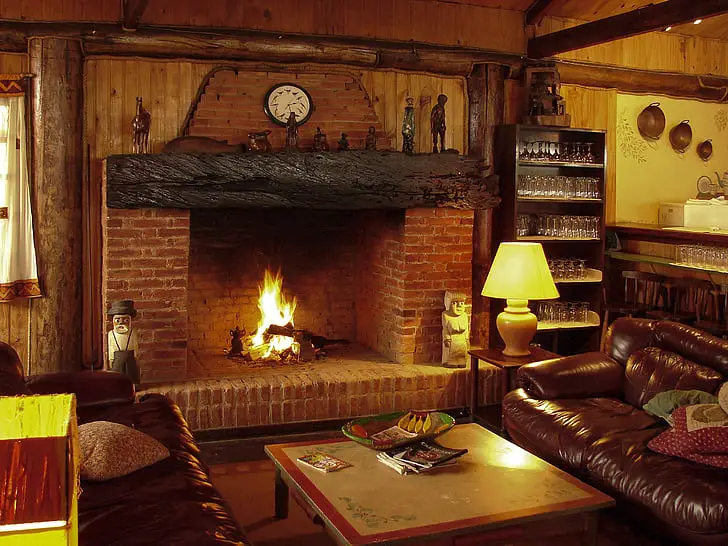
Before central heating, the fireplace was the literal and social heart of the home. People gathered there not just for warmth, but for company. Firelight slowed movement and softened conversation. The flicker invited reflection in a way blue light never could.
Even now, a fireplace—real or electric—can reset the mood of a home. The sound and sight of flame engage the brain’s relaxation response. Watching fire has been shown to lower blood pressure and promote calm. It’s ancient comfort, timelessly effective.
14. The Door Knocker

A door knocker once announced visitors with personality. Each home had a sound, a rhythm, a presence. It required touch and intention—knocking meant connection, not convenience. You couldn’t arrive silently; you had to be felt.
Now, doorbells and intercoms have erased that small performance of arrival. But reinstating a knocker can reintroduce a moment of ceremony to the ordinary. It’s a small gesture that humanizes entry, turning every visit into an event. Sometimes slowing down means noticing the smallest sounds of welcome.
This post 14 Household Details That Made Life Slower—And Better was first published on Greenhouse Black.
